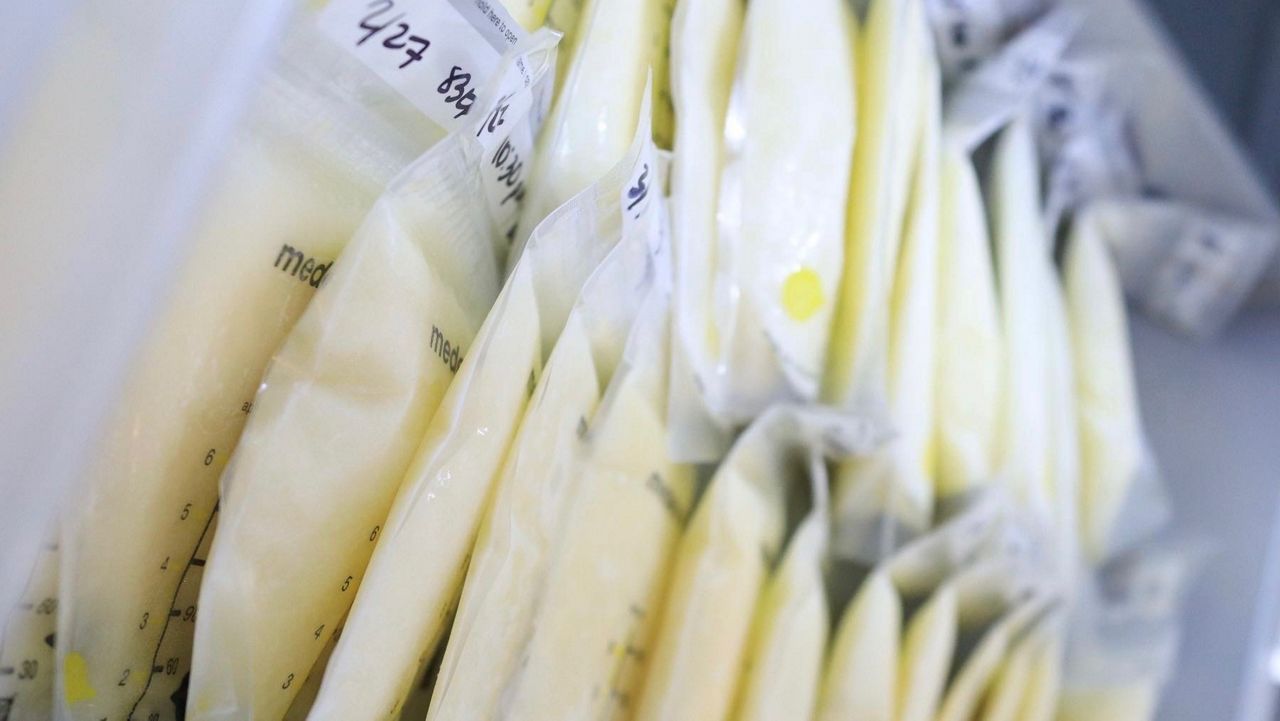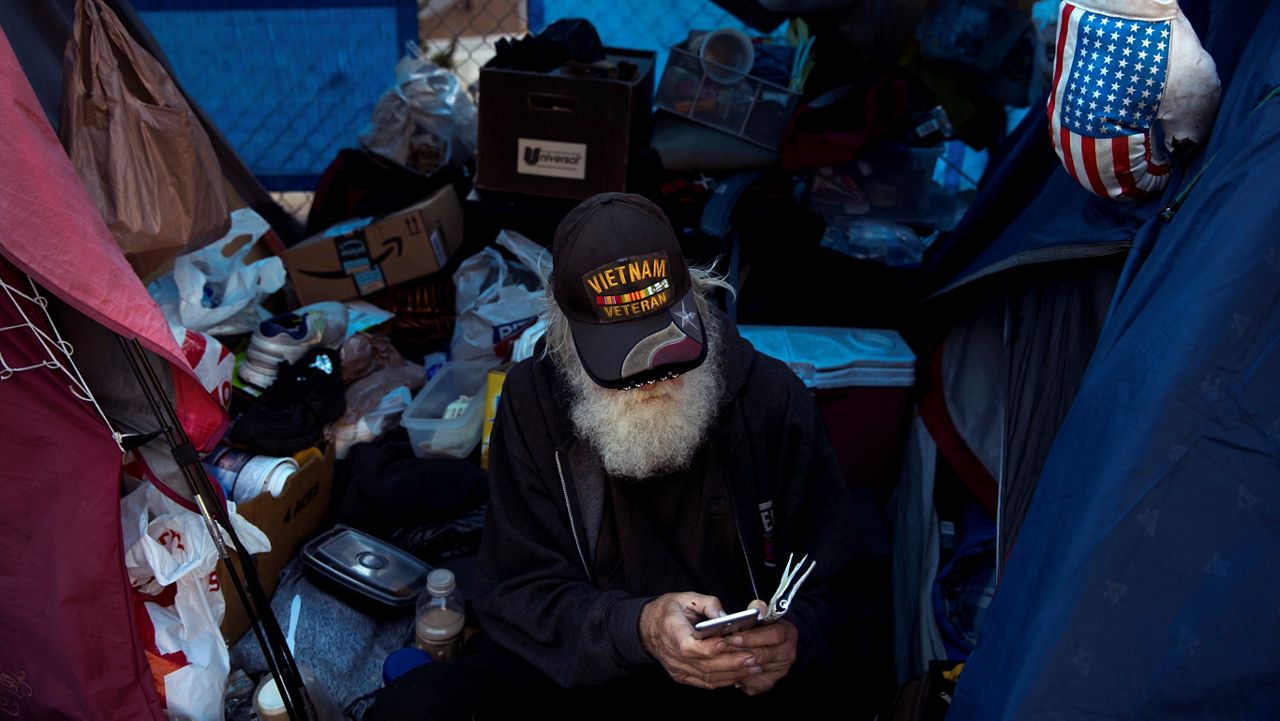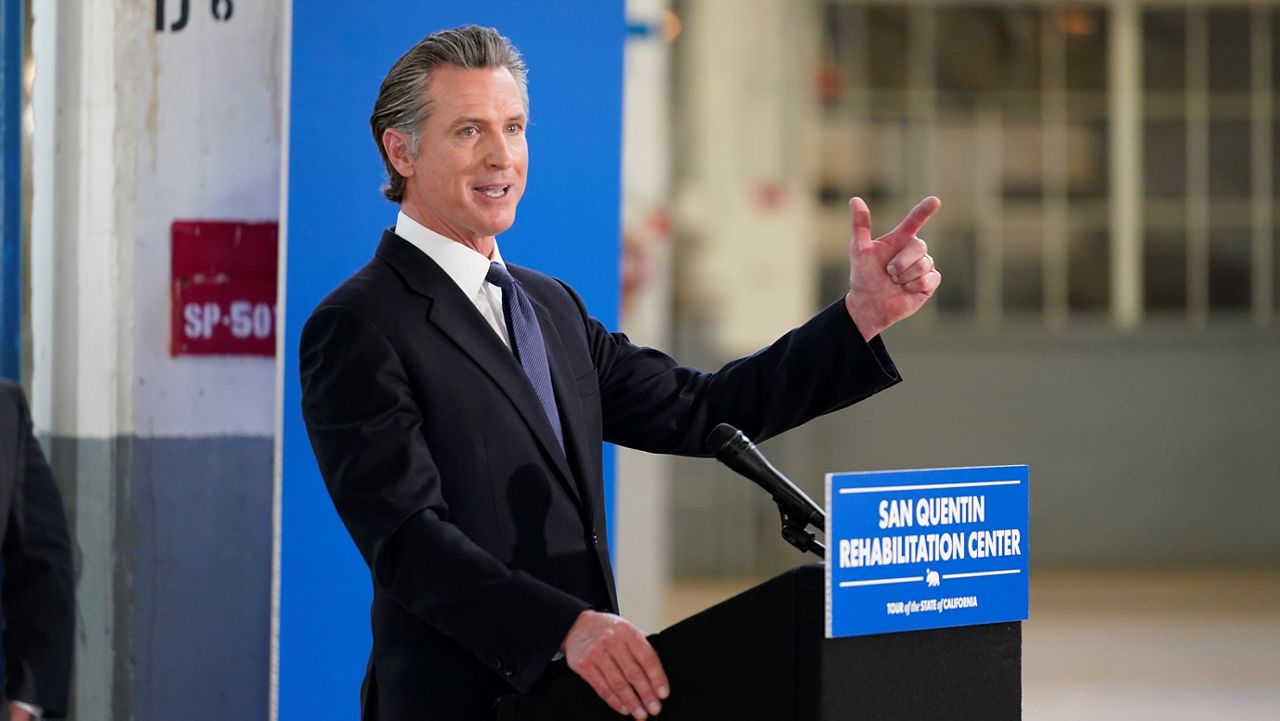“It's so sad to me that it had to come to this to get more people out and exploring their communities and getting to know their neighbors,” said Alissa Walker, Urbanism Editor at Curbed. “But I do hope that's one part that comes out of this crisis that we're in.”
Walker feels conflicted about the situation that the novel coronavirus pandemic has put us in.
“On one side, I'm really happy to have this time with my children, going on all these explorations around our neighborhood, and they know where the best ladybugs are and the new trees that are blooming, or best jasmine patch,” she said. “But on the other hand, it’s very difficult to see so many people out knowing that it is because of our collapsing economy, and because so many people out of work, and so many people are suffering and dying in our city.”
Walker said Angelenos should walk in their own neighborhoods due to the public health risks associated with traveling to other areas.
“I’ve heard from a lot of people that they’re getting bored walking loops around their neighborhood, but also that people just want to learn more about their city and make their trips outside productive,” she said.
Walker, who has a fitting name for the subject of walking in Los Angeles, said there are several ways to make your daily stroll more interesting.
“One of the things was just looking at history. There’s a really great online resource for the city called SurveyLA, where they went through the entire city and found architecturally- and historically-significant buildings, and you can definitely find a few of these in your neighborhood and make a little trip,” she said. “I found a building in my neighborhood that was built in 1883. I had no idea this house was that old. I looked up some history on it, so that was a pretty fun way to get to know your own blocks a little better.”
Walker said she and her kids have been examining nature using an app like PictureThis.
“We've been looking at a lot of birds. We've been identifying plants with some of those apps where you can just take a picture, and it tells you what kind of flower or tree it is,” she said. “I think that’s really fun, especially for kids who might be curious about what they’re seeing and adults that actually might not know to explain it enough.”
Walker also suggests finding local restaurants to support and mapping a walk that leads you there.
“We’ve been doing this in our own neighborhood where we find out which restaurants are doing delivery or takeout, and then we make a little mini expedition to go there ourselves and pick up the food,” she said. “You get to have a very nice contactless interaction with someone in your neighborhood. You get to thank them, and then we’re giving them what we would have paid maybe for delivery directly to the restaurant employees. So on top of a good tip, you can also pass along a little extra money and get to know your neighbors and your local essential workers.”
Walker said there’s two more resources that can make your walks more exciting: A website where you can overlay an old map onto a current one, and a website where you can find hidden stairs in L.A.
“We have these public staircases that are kind of knitted through the city that used to connect people to our streetcar lines, and especially in the hillier neighborhoods, it was a way you could get down from your Victorian mansion or whatever that you were living in and get down to the streetcar to take you to work,” she said. “So one of the resources I print to are looking at these old maps. you can actually pull up this website where you can look at you can overlay an older map on a current map of L.A. and you can find out you know where the streetcar lines were, and then lo and behold there's a special kind of stairway right there that used to connect it.”
Walker enjoys getting a glimpse into the past while she walks.
“I like going on those little scavenger hunts and finding hints that we used to be a walking-focused city at one point even though people try to tell us that we’re not.”
Unfortunately, sidewalks in L.A. are not always conducive to walking.
“What I hope will come out of this more than anything is that everyone will realize what I’ve been complaining about for two decades here in this city, is that our sidewalks are too narrow and they’re in horrible disarray,” she said.
Walker suggests reporting damaged sidewalks using the city’s MyLA311 App. You can also report graffiti removal, pothole repair, and bulky-item pickup. If you’re serious about the cause, consider getting involved with advocacy organizations such as Los Angeles Walks and Investing in Place.
“A lot of them are crumbling or like a skateboard ramp as you’re walking down them, so what I hope will come out of this I think is that people will notice that it's not an acceptable walking environment,” she said. “Also, more space needs to be devoted in general for walking, biking, all different ways of getting around that don’t just prioritize vehicles.”
Let Inside the Issues know your thoughts and watch Monday through Friday at 8 and 11 p.m. on Spectrum News 1.








